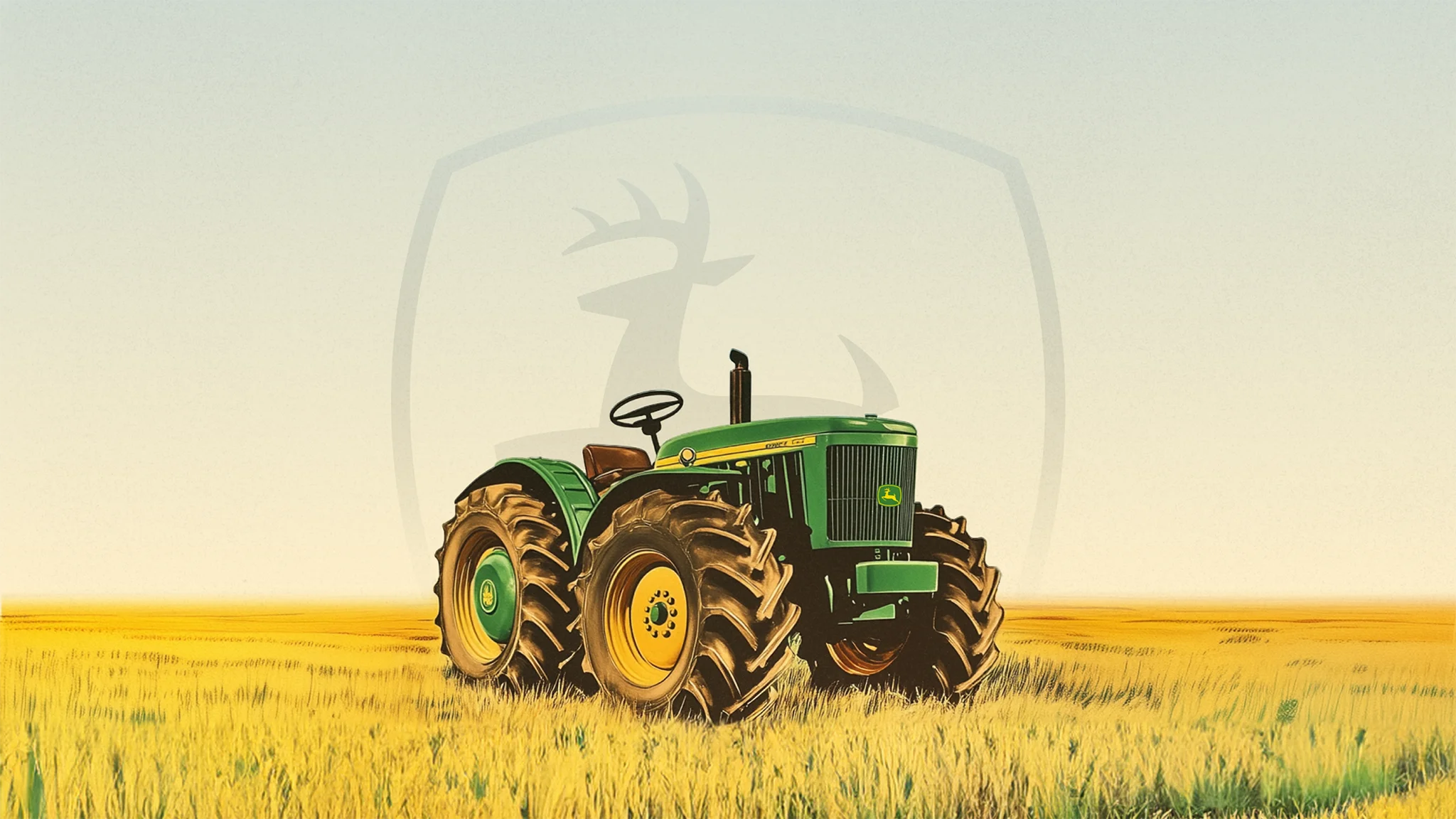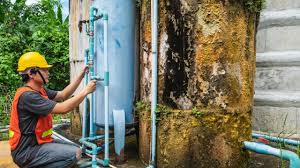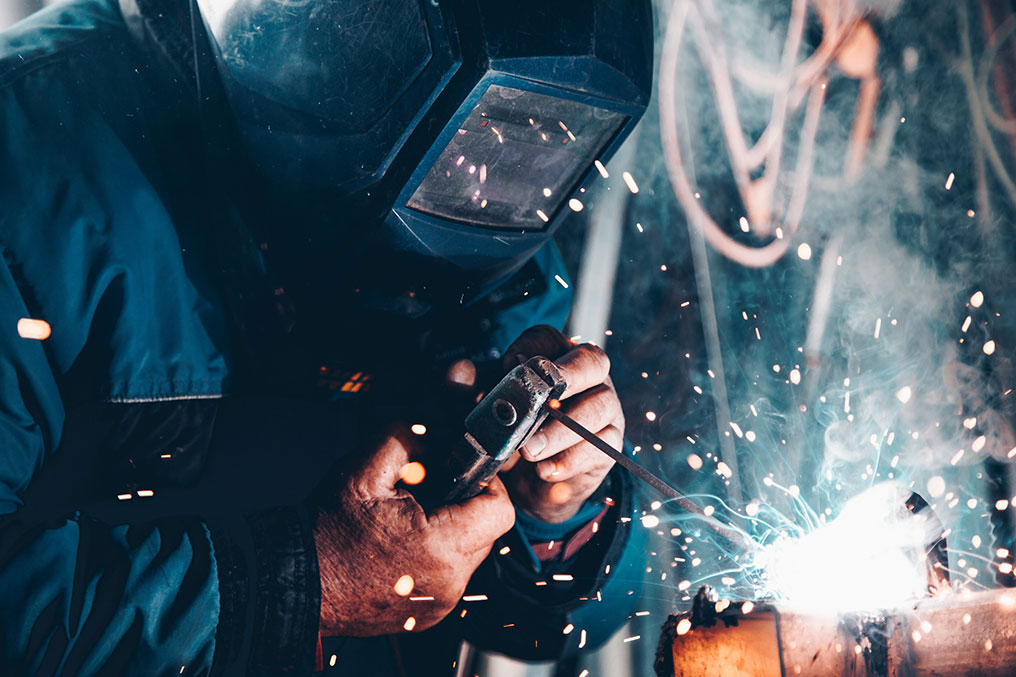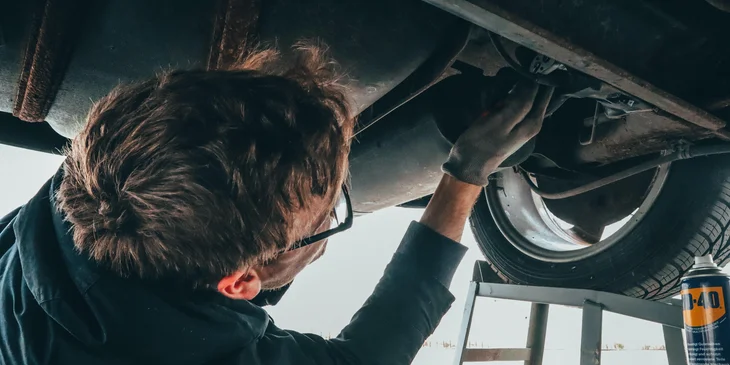Stories you may like
Deere & Company: Shaping the Future of Agriculture Since 1837
In many ways, the story of Deere & Company and that of American agriculture go hand in hand. The company that John Deere founded in 1837 in rural Illinois has gone from selling basic plows operated by horses and humans in tandem, to complex machinery that has taken the precision of farming to levels that were previously unimaginable. However, one thing has remained the same throughout the decades: the focus on improving and perfecting the processes of agriculture. Join us for a journey through Deere & Company's history and philosophy from the 1800s to today, and we promise you're going to learn a thing or two about farming as well.
Key insights
- Decades and decades of history: Deere & Company has plenty of heritage, and its history goes hand in hand with the progress of agricultural equipment.
- Improving and expanding: Many of the products that have made Deere & Company successful haven't been invented by them – instead, they've expanded and improved on already existing concepts and marketed these well.
- Market share: Deere & Company is the largest producer of agriculture equipment globally, and dominates the U.S. domestic market.
- Not just farming: While Deere & Company is most famous for its agriculture equipment, the company is also active in forestry, industry, and financial services.
- Precision agriculture experts: The company is a leader in precision agriculture, with some of its tech appearing to be straight out of science fiction.
Deere & Company or John Deere?
Before we start the story, we need to take the opportunity to clarify one thing that might cause confusion further down the line – the name. A common (and fully understandable) misconception is that the company's name is John Deere when it is in fact .
The Deere & Company of today acts as a conglomerate that owns and operates roughly 25 different brands, of which John Deere is by far the largest and most famous. The brands owned and operated under the Deere & Company umbrella are all active in agriculture, forestry, and construction in one form or another. Below, you can see a visual representation of the Deere & Company family of brands and how much each business arm contributes to total revenue:
Moving westward
Our story begins over 185 years ago. Illinois had been a state for only 16 years and the American Midwest was undergoing transformative changes. What would eventually be known as America's breadbasket was blessed with incredibly fertile soil, attracting farmers from the East Coast. Settlers migrated to Illinois and beyond to make a living through agriculture, attracted by the conditions of the land and the promise of stability, far removed from the uncertain economic realities of New England and the rest of the coast.
But to farm, one needs equipment.
This is where John Deere enters the picture. What we know today as a massive agriculture technology company worth north of $100 billion started as a rural farm shop in Grand Detour, Illinois in 1837. Like so many others at the time, our story's protagonist had moved to Illinois from Vermont.
Back in New England, he had been a well-respected and established blacksmith in his local community, but money problems and a looming bankruptcy spurred him to move westward. Just like the outfitters selling picks and shovels to hopeful prospectors during the California Gold Rush in the coming decades, John Deere wouldn't attempt to make his fortune on the resources offered by the region. Instead, he would supply and support those who did. This, as it would turn out, proved to be a very wise decision.
Plowing ahead
During the early days of his small shop, John Deere both sold and repaired basic farming equipment and quickly became an important part of the local community. Farming causes plenty of wear and tear on equipment and Deere had no trouble finding work. Keen to provide the best possible products for his customers, he was inquisitive and frequently chatted about issues farmers in Grand Junction and the surrounding area were facing. Almost all of them responded with the same answer: the clumping of soil on their plows.
Most farmers at the time used plows made out of cast iron attached to horses or oxen to prepare their fields for planting. While this worked well in the sandy and loose ground on the East Coast, it was woefully inefficient in the rich, sticky, and rooty soil of the Midwest. Farmers had to regularly stop and clean the blades of their plows, costing time and causing great annoyance.
So John Deere set to work. He'd heard of plows made from polished steel instead of cast iron and decided to give it a try, hypothesizing that the soil would flow off the shining plow blades. He polished the steel of a broken saw blade and attached it to a plow.
The difference was striking. The polished steel cut through the Illinois prairie soil without clumping up on the blade, and Deere knew that he had a potential goldmine on his hands. After having proved what the polished steel plow was capable of to a large group of intrigued farmers, the small workshop was inundated with orders. John Deere had done something that would go on to become recurring throughout the company's history: taking something that already existed, improving and expanding upon it, and marketing it well to a group of customers that was in need of an upgrade.
The plow that fed the West
The plow became a must-have for farmers in the region, and John Deere's small rural workshop was soon producing plows as fast as they possibly could. The plow drastically reduced the time and labor required to get a field ready for planting, and Deere continually updated and refined the design based on feedback from his customers. By listening to the farmers who depended on his equipment for their livelihood, and adapting it to their needs, he gained a reputation as someone who created reliable and high-quality products.
The revolutionary plow, perfectly suited for the tough midwestern soil.
During this time period, America was expanding westward as fast as it could, and while it would be disingenuous to say that John Deere's plow was the only thing that enabled that expansion, it certainly helped. The midwestern soil which had irritated and worked against farmers for years had finally met its match, and soon the production had outgrown Grand Detour. John Deere knew he had a winner on his hands, and it was time to scale up operations. In 1848, he once again packed up himself, his family, and his business and moved west.
But compared to his first relocation from Vermont he wasn't moving very far. John Deere moved to Moline, about an hour and a half west of Grand Detour. Moline sits right on the border with Iowa, which had gotten its statehood just two years prior. It was bustling with activity and acted as an important logistics hub for the ever-growing U.S. continental expansion. In Moline, there was plenty of space to expand and labor to hire. The space and manpower were needed, but the town offered other advantages as well: it was located on the banks of the Mississippi River and was connected to the quickly expanding railroad network.
Deere set up a partnership with two associates in 1848, and the following year a state-of-the-art workshop and production facility was opened. Plow production nearly doubled as the facilities drastically improved, and the connection to the railways and barges on the Mississippi made the distribution of his plows across the Midwest much easier.
Deere & Company still has its global headquarters in Moline.
The establishment of Deere & Company
In 1852, Deere split up with his previous associates and was now the sole proprietor of his workshop. In the following years, he would expand his operations massively, continuing to produce the plows that had been the key driver of his success so far, but also starting to branch out. From his workshop in Moline, he and his employees produced cultivators, planters, and a host of other vital farming equipment, which was then sold all across the Midwest.
In 1858, John Deere's son Charles took over the day-to-day operations from his father. He would act as the CEO for the next 40 years, and for the coming century, a member of the family would be the head of the company. The business was renamed to Deere & Company in 1868, a name it still holds to this day.
Breaking into the tractor business
Due to the decades and decades of history surrounding Deere & Company, we must now make a little leap in time to continue our story. More precisely, we're jumping forward to the advent of the gas-powered tractor in the 1910s. During this 40-year time-hop we're taking, Deere & Company will continue to expand and modernize its product line, while maintaining its reputation of being a producer of high-quality and reliable equipment.
Steam-powered tractors had seen some limited use in the late 1800s, but were expensive to buy and complicated to operate, and were therefore out of reach for most farmers. But when gas-powered tractors entered the market, a miniature revolution in agriculture began. These tractors did come with a high startup cost, but made up for it many times over with the increase in productivity they brought.
Deere & Company, ever interested in the newest technological leaps within its field, naturally tried to get in on the action. They were already producing various equipment that could be used with tractors, but in order to not be left behind they started developing their own during the early 1900s, and in 1912 the first John Deere tractor hit the market.
Unlike the introduction of the polished steel plow, the tractor was far from a commercial success. While it worked well and performed its tasks without issue, it was far too expensive to compete with the other offerings available to farmers at the time. The first John Deere tractor cost nearly twice as much as equivalent offerings from other manufacturers and due to this, it was more or less dead on arrival.
But tractors were, in every sense of the word, the future, and the management at Deere & Company was highly aware of this fact. Instead of continuing to invest heavily into the development of its own tractor, it went down a faster and much more direct route: it purchased its top competitor.
Deere & Company acquired the Waterloo Gasoline Company in 1918, and just three years later, they had produced over 5,000 tractors. The Waterloo Boy, as the tractor was called, became a massive commercial success and Deere & Company had once again found themselves at the forefront of developments. Just like with the polished steel plow, it didn't invent the latest and greatest in agriculture technology. Instead, they had identified the most important step for the future of farming, improved on current versions, and marketed it well.
Research faster. Understand deeper.
Deere & Company forestry and construction
So far in this story, we've remained focused on what most people immediately associate Deere & Company with – agriculture. We're going to continue with that for the majority of this article, but it's important to be aware of the fact that forestry and industrial equipment have been (and continue to be) an important part of Deere & Company's operations, making up for 24% of its revenue in 2023.
Deere & Company first ventured into the construction equipment market in the mid-20th century. In 1956, the company launched its industrial division, a move intended to capitalize on the booming post-war construction industry. The market demand was sky-high, and Deere & Company aimed to meet it by offering machinery such as bulldozers, loaders, and backhoes. One of its initial offerings was a crawler designed for industrial use, which laid the groundwork for future models in the construction line. The company continued to develop specialized machinery for tasks like earthmoving, trenching, and material handling, gradually expanding its footprint in the construction industry.
Its debut in the forestry equipment sector came later, following a similar trajectory of diversification. The company began by adapting its existing machinery, such as crawlers and skidders, to meet the demands of the forestry industry.
In 1970, John Deere introduced its first purpose-built forestry skidder, which marked its serious entry into this market. Over time, the company developed a range of equipment for logging and other forestry tasks, including feller bunchers, harvesters, and forwarders. John Deere's expansion in forestry and construction has in large part been made possible through acquisitions and partnerships. For instance, the 1988 acquisition of Timberjack, a Canadian forestry equipment company, allowed it to quickly gain a foothold in the forestry market by taking over an established brand with a reputation for reliability.
In construction, John Deere has partnered with other companies to expand its product line and reach. A longstanding joint venture with allowed Deere & Company to co-produce and distribute excavators, enabling the company to offer a broader selection of equipment without building everything from scratch. This partnership was concluded in 2022, with Deere & Company acquiring several factories that were previously jointly owned. Today, it instead has numerous license and supply agreements with Hitachi.
In terms of product offerings, Deere & Company now provides a wide array of equipment for both forestry and construction. Its forestry lineup includes everything from swing machines to wheeled harvesters. In construction, it offers compact, mid-size, and large equipment, ranging from skid steers and compact track loaders to larger dozers and articulated dump trucks. Overall, forestry and construction equipment has become an important part of Deere & Company's approach. These sectors have allowed Deere & Company to reduce its reliance on the sometimes volatile agricultural markets.






User's Comments
No comments there.